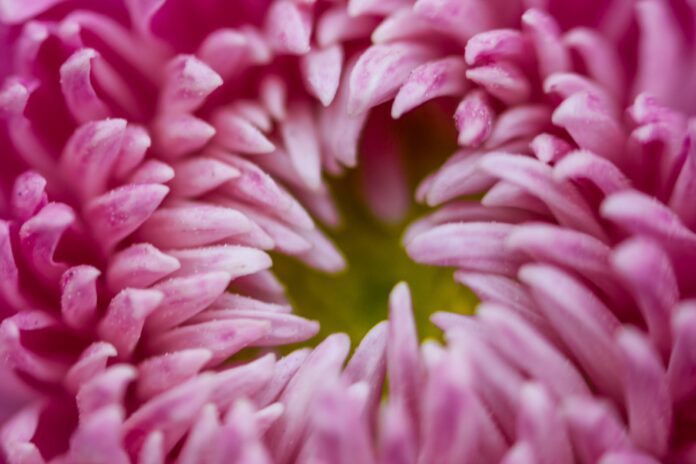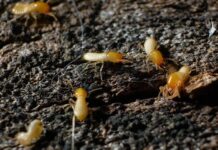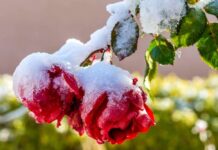There are plants that are drought tolerant and what this means is that such plants do not have access to water unless that which mother nature makes available for them. These types of plants might be native plants that have learned to thrive regardless of the condition and this article talks about how to choose perennials for dry and hot climates.
You would also learn about perennials which would be ideal to grow in drought-tolerant areas and perennials suitable for dry and hot climates requires well-drained and loose soil which might rot in soggy or compacted soils.
Interesting Post – How To Water Plants During Extreme Heat
How To Choose Perennials For Dry And Hot Climates
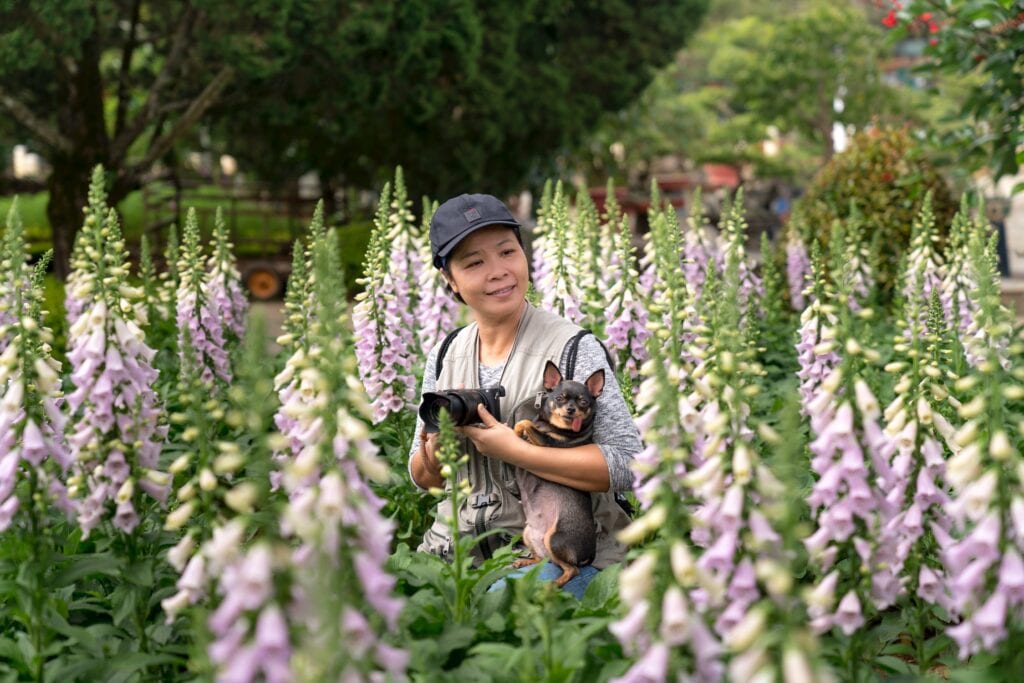
Drought tolerant perennials are termed to be low maintenance plants and in most cases, they require little or no use for fertilizers.
However, one thing that you should keep at the back of your mind is that plants require a little amount of water especially when they are new plants and moisture is also responsible for the development of long roots that can tap deep into any soil.
Furthermore, low water perennials tend to gain more from occasional irrigation whether the weather is hot or dry.
Trendy Post – Caring For Plants Under Hot Weather Conditions
Listed below are few types of perennials that do not require so much amount of water as well as their USDA growing zones;
- Agastache – This is a plant that is native to North America and despite being attractive to butterflies and hummingbirds, it is one that is resistant to deer. Its flower colors include orange, yellow, pink, violet, red, purple and white zones. Zones 4-10
- Yarrow – The yarrow plant thrives in poor soil and full sunlight but it becomes floppy and weak in rich soils. This perennial plant is heat tolerant and tough and it comes in a variety of colors for white, pink, orange, red and yellow. Zones 3-8
- Allium – The Allium plant is one considered to be an eye-catching plant as it comes with shiny, big globes of purple and tiny florets. This perennial belongs to the onion family and it attracts butterflies and bees but isn’t attacked by hungry deer. Zones 4-8
- Coreopsis – This is a North American and rugged perennial plant that brings forth blooms of red, yellow and orange. It belongs to zones 5-9
- Gaillardia – Also known as blanket flower, it is a native plant that is tolerant of heat that produces daisy-like, orange, yellow and red flowers all through the summer. Zones 3-10
- Perennial Sunflowers – The perennial sunflowers are known to be long-blooming and tough perennials that do not require so much water and this cherry plant as it if often called produces bright yellow blooms which help in attracting pollinators. Zones 3-8
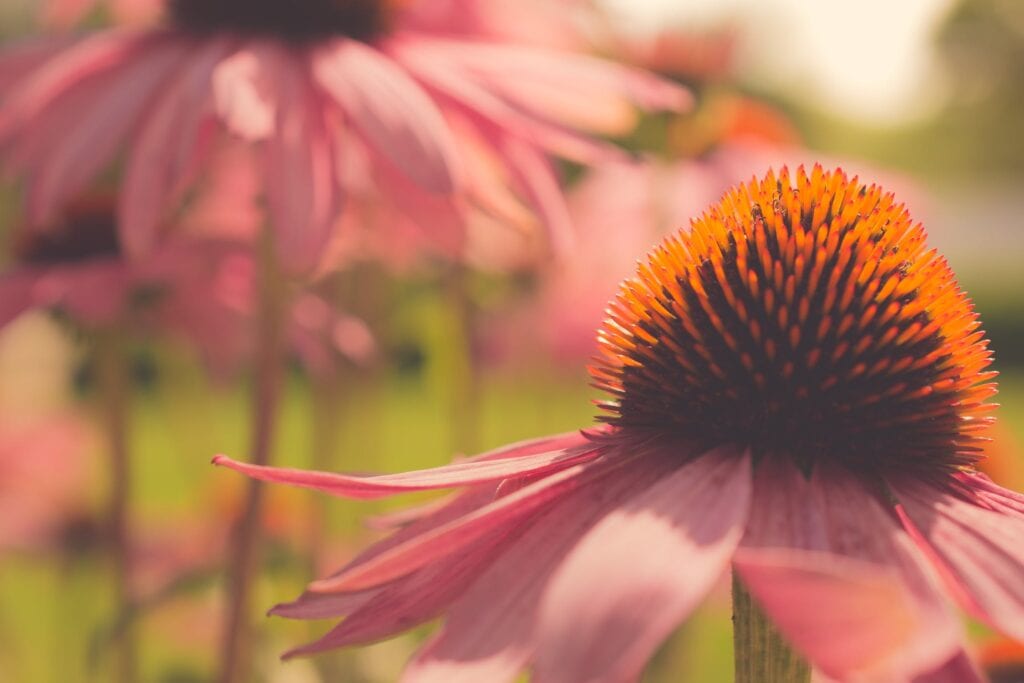
- Russian Sage – This is also regarded as one of the best perennials anyone can grow under dry and hot climate and one thing about this hardy perennial plant is because it tends to favor lavender blooms that tends to rise above the silvery green foliage. Rabbits and deer do not attack the Russian Sage and it belongs to zones 4-9
- Salvia – The salvia plant is famous for its ability to thrive under unfavorable conditions and hummingbirds are known to be attracted to this plant which also blooms when it is late spring down to fall. Some of these plants are not tolerant to cold and its growing zone depends on its variety
- Globe Thistle – This is a native to Mediterranean plant and this striking plant comes with globes of blue flowers as well as silvery foliage. All through the summer, you can count on this plant to bloom and its zones lie between the zones 3-8
- Vernonia – The Vernonia plant is known for producing bright color flowers all through the summer and thanks to having intense purple flowers, some of this plant is considered ironweed. Despite being beautiful and tough, the Vernonia plant can also be aggressive so it is wise to plan accordingly. Belongs to zones 4-9
Conclusion
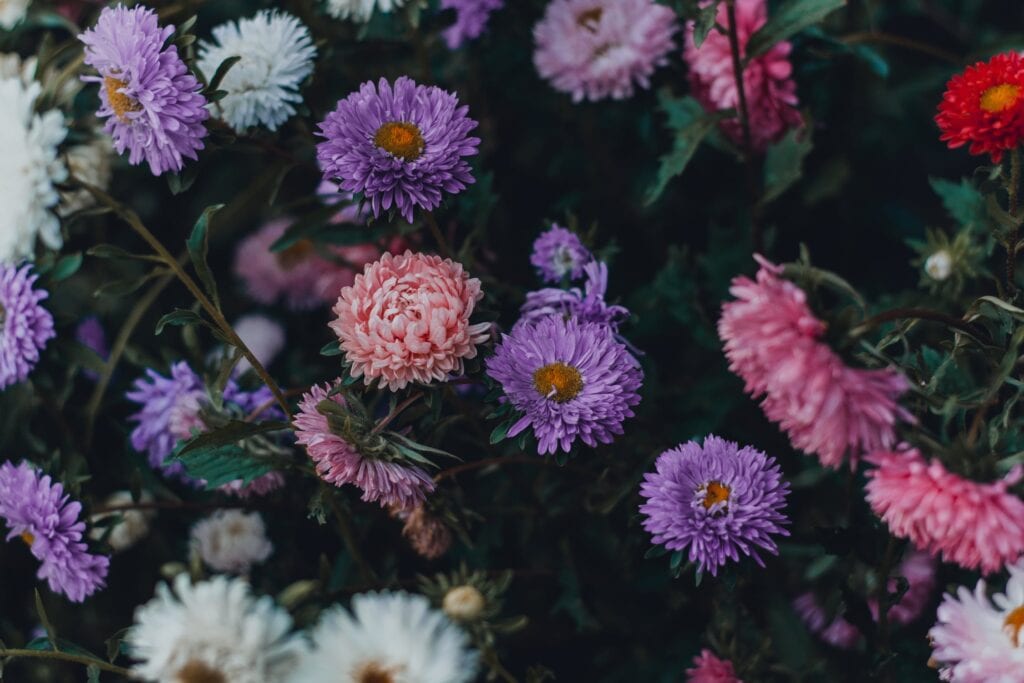
At the end of this article, you would learn how to choose perennials for dry and hot climates and you can trust that all of the perennials that we have talked about here would take any heat.
Related Post – What Is A Rough Bluegrass

